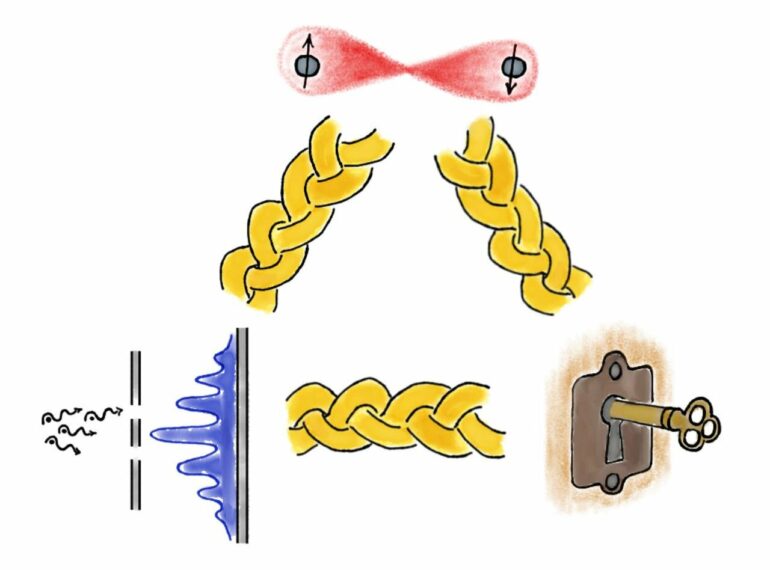Movement along faults in Earth’s crust can be sudden and jarring, as felt during an earthquake, or it can occur more gradually over thousands of years. Any kind of movement along a fault might affect the stresses and other factors that contribute to subsequent movements.
To better understand these dynamic fault zone processes, researchers have developed computational physics-based models that simulate sequences of earthquakes and non-earthquake-related movement. These simulations could help uncover new insights into earthquakes, including factors that affect their timing, location, duration, and magnitude. These models, however, are becoming more advanced and detailed. Researchers face an increased need to verify the underlying numerical code to ensure the simulations’ credibility.
In contrast to model validation, in which simulations are tested for their ability to reproduce real-world observations, code verification involves setting computational benchmarks—essentially, well-defined problems to solve—to test the reliability and ability of simulations to accurately represent conceptual understanding of earthquake behavior.
In a new study, Jiang et al report on international community–driven efforts to compare and verify the different numerical codes underlying simulations of fault zone processes. Building on previous efforts, the researchers developed two new 3D benchmark problems for testing and comparing different numerical codes. Both benchmarks require movement simulation along a fault embedded in a 3D space with certain physical characteristics, computationally reflecting conceptual earthquake dynamics.
Earthquake scientists from around the world used the benchmarks to test a suite of simulations of fault zone processes. Overall, these efforts provided assurance as to the accuracy of the simulations. In particular, the simulations accurately reproduced earthquake duration, total movement, maximum speed, and stress change on faults.
However, discrepancies between some simulations were also apparent. For instance, computational models using different spatial sizes and resolutions varied in their simulations of how earthquakes begin and grow, and how often they recur.
These findings could help inform future earthquake modeling efforts, which the researchers hope will aid the rise of a new generation of models to improve understanding of fault zone dynamics and seismic hazards.
More information:
Junle Jiang et al, Community‐Driven Code Comparisons for Three‐Dimensional Dynamic Modeling of Sequences of Earthquakes and Aseismic Slip, Journal of Geophysical Research: Solid Earth (2022). DOI: 10.1029/2021JB023519
Provided by
American Geophysical Union
This story is republished courtesy of Eos, hosted by the American Geophysical Union. Read the original storyhere.
Citation:
Earthquake modelers unite to compare and improve code (2022, May 2)
